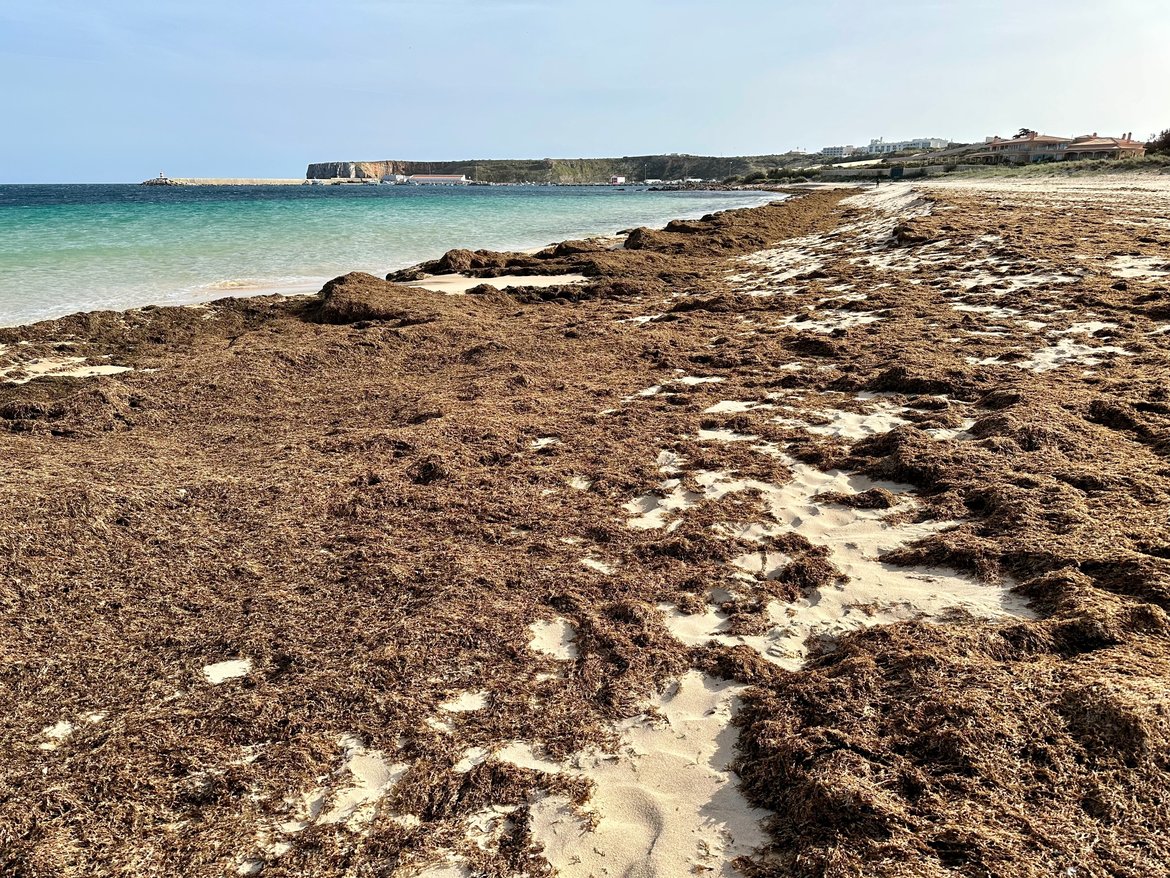Non-indigenous species impact the state of biodiversity
The pressures from human activities collectively contribute to the introduction and translocation of NIS in the North-East Atlantic, which can impact the state of Atlantic biodiversity in the following ways:
- NIS outcompeting and preying on native species, resulting in declines in the latter’s abundance;
- Introduction of parasites and pathogens;
- NIS changing ecosystem functioning, e.g. food web structure changes;
- Changes in species assemblages and biotic homogenisation;
- NIS changing the provision of ecosystem services.
The current assessment has not quantified these impacts on biodiversity state. OSPAR acts as a coordination platform in the North-East Atlantic for the regional implementation of the EU Marine Strategy Framework Directive (MSFD) that aims to achieve a Good Environmental Status (GES) in European marine environments, as well as for the coordination of other national frameworks. The characteristics of GES are determined by the individual EU member states, based on criteria elements, threshold values and methodological standards set regionally or at EU level. Norwegian, Icelandic, United Kingdom, Greenlandic and Faroese marine areas are not covered by the MSFD.
The following text provides a few examples of documented NIS impacts on biodiversity state.
A well-known marine invader is Rugulopterix okamurae, a brown macroalgal species native to the north-east Pacific Ocean and occurring along temperate zones of the coasts of the Philippines, Taiwan, China, the Republic of Korea and Japan. This alga was introduced in 2002 into European seas (Thau lagoon, Mediterranean Sea) (Verlaque et al., 2009; Boudouresque et al.,2011), from which it did not spread until last year when it suddenly appeared in the Calanque Parc (Marseille, Marine Protected Area), where it showed very invasive behaviour. It is a novel NIS for OSPAR Region IV, first reported in 2015 and becoming invasive in 2018. It is believed to have been introduced by ballast water transport as well as aquaculture seed contamination, and then to have spread by pathways such as fishing transport and the movement of discards. It has impacts on tourism and fishing. Recently, it has occurred on several occasions in huge amounts off the beaches around the Strait of Gibraltar.
Another example is the red king crab, released by the then Soviet Union in the period between the 1960s and 1980s, and now well established in Region I. It is slowly spreading west and south along the Norwegian coast. In 2020, local populations were found in Troms County. Further dispersal to the north is expected as the sea warms further. Since 2010, the population has peaked and it is now managed through fisheries, with populations becoming less dense and reproduction reduced as compared with the initial decades. Red king crabs have made an impact on benthic communities, several species of which now occur with reduced average size and lower local abundance.

Piles of the invasive brown algae, Rugulopterix okamurae seen here in the western Algarve, Portugal. © Shutterstock
| Pressures | Impact |



